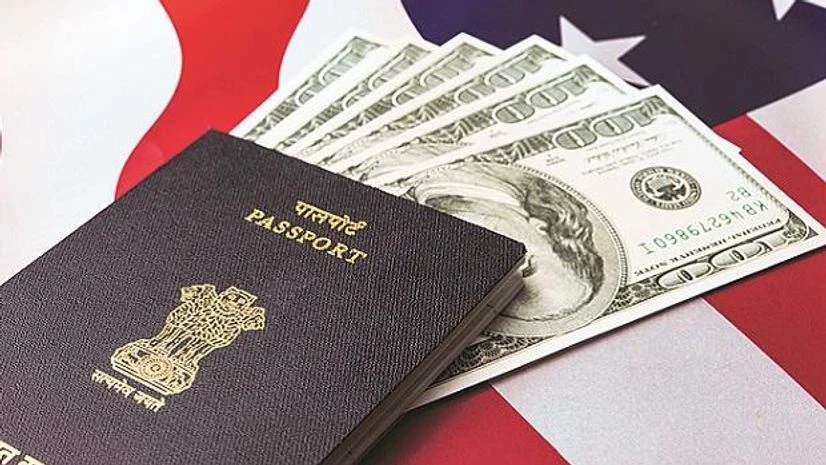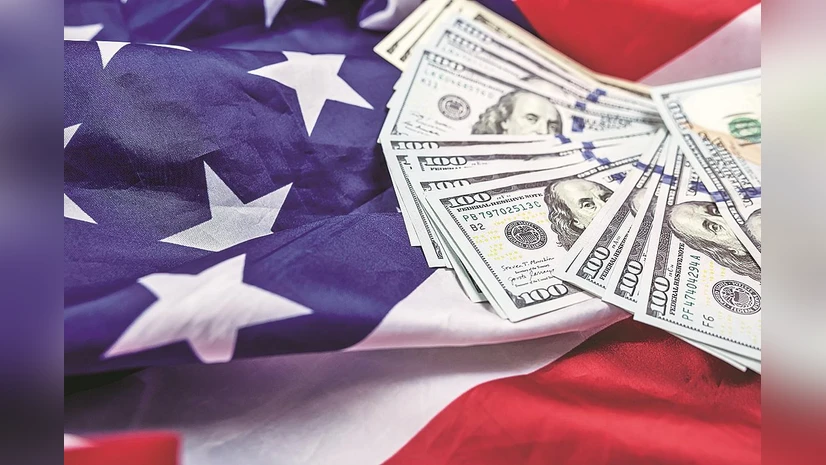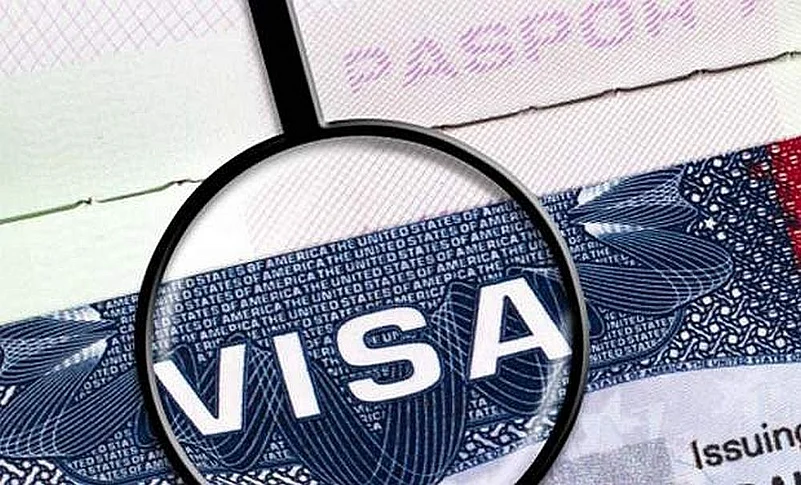The H-1B visa has long been one of the most important pathways for skilled professionals, especially in technology and engineering, to work in the United States. Every year, thousands of workers and employers engage in the H-1B lottery, followed by petitions, filings, and compliance with U.S. immigration regulations.
But two questions often confuse people the most:
- How much does the H-1B visa process actually cost?
- What kind of salary or wage requirements apply to H-1B workers?
In this detailed guide, we’ll break down the full spectrum of H-1B visa fees, including the recent $100,000 fee update, and explain how salaries are determined under U.S. law. By the end, you’ll have a clear picture of what employers and employees should expect in 2025 and beyond.
1. Understanding the H-1B Visa
The H-1B is a nonimmigrant visa that allows U.S. employers to hire foreign professionals in specialty occupations. These occupations typically require at least a bachelor’s degree or higher in fields like IT, engineering, finance, healthcare, or science.
- Initial duration: Up to 3 years (extendable to 6 years).
- Employer-sponsored: An H-1B petition must be filed by a U.S. employer.
- Annual cap: 65,000 visas under the general category, plus 20,000 for U.S. master’s degree holders.
- Lottery system: Because applications far exceed the cap, USCIS runs an electronic lottery to select eligible candidates.
2. H-1B Visa Fees (2025 Breakdown)
Applying for an H-1B is not cheap. Employers shoulder most of the costs, and legal rules restrict shifting these costs to employees. Let’s look at the standard fee categories.
a) H-1B Registration (Lottery) Fee
- Amount: $215 (per registration)
- Who pays: Employer
- Employers must register each candidate electronically during the annual lottery window. This is a non-refundable fee.
b) USCIS Filing Fee (Form I-129)
- Amount: $780 (standard employers)
- Discount: $460 (for small employers with fewer than 25 employees or nonprofits)
- This is the base filing fee for submitting the H-1B petition to USCIS.
c) ACWIA Training Fee
- Amount: $750 (small employers) or $1,500 (employers with 26+ workers)
- Purpose: Funds U.S. workforce education and training programs.
- This fee cannot legally be passed on to the H-1B worker.
d) Fraud Prevention & Detection Fee
- Amount: $500
- Applies to new petitions and some transfers. Helps USCIS combat fraud and misuse of the H-1B system.
e) Premium Processing Fee
- Amount: $2,500
- Optional: If the employer wants USCIS to process the petition within 15 calendar days.
- Many employers use this to save time, especially when project deadlines are tight.
f) Attorney Fees and Miscellaneous Costs
- Amount: $1,500 – $4,000+ (varies)
- Covers attorney consultation, documentation, and compliance. While not a USCIS fee, it’s an important part of the total cost.
3. The New $100,000 H-1B Fee (2025 Update)
In September 2025, a major policy change was announced:
- New fee: $100,000
- Effective date: September 21, 2025
- Applies to: New H-1B petitions filed for workers outside the U.S.
- Exemptions: Some categories like universities or nonprofit research organizations may be exempt.
This is a one-time fee, separate from existing costs. While extensions or in-country transfers may not trigger this charge, new international applicants will face this significant barrier.
Impact:
- Small and mid-size companies may struggle to justify hiring H-1B workers from abroad.
- The visa may become viable mostly for high-paying, specialized roles where the value of the worker outweighs the high cost.
- It could reduce overall H-1B demand, but increase competition among employers who can afford it.
4. Total Cost Estimate (for Employers)
Before the new $100,000 fee, the average cost of sponsoring an H-1B worker was $5,000 – $10,000 (including legal fees).
With the new policy, costs for new petitions could rise to $105,000 – $115,000 in many cases.
That’s a huge leap, and it will reshape the H-1B hiring landscape in 2025 and beyond.
5. H-1B Salary & Wage Requirements
Alongside fees, salary is one of the most critical aspects of the H-1B program. Employers cannot simply pay H-1B workers low wages. U.S. labor law imposes strict requirements.
a) The “Required Wage”
Employers must pay the higher of:
- Prevailing Wage: Set by the Department of Labor (DOL) for the job and location.
- Actual Wage: What the employer pays to other employees in similar roles.
This ensures fairness and prevents undercutting U.S. workers.
b) Wage Levels
The DOL uses a 4-level wage system based on experience and job complexity:
- Level 1 (Entry level): Bachelor’s degree, little experience.
- Level 2 (Qualified): Some experience or higher responsibility.
- Level 3 (Experienced): Several years of expertise.
- Level 4 (Fully competent / Senior): High-level expertise, leadership roles.
For example, in 2025, a Software Developer in California might see prevailing wages like:
- Level 1: ~$85,000
- Level 2: ~$100,000
- Level 3: ~$120,000
- Level 4: ~$140,000+
(Exact figures vary by city and role.)
c) Annual Salary Updates
Employers must pay the promised wage throughout the employment period. Failure can lead to penalties, debarment, or lawsuits.
6. Typical H-1B Salaries in 2025
H-1B workers are often employed in high-demand fields, especially tech. Based on available reports and labor condition applications:
- Software Engineers: $90,000 – $150,000+
- Data Scientists: $95,000 – $160,000
- Financial Analysts: $70,000 – $110,000
- Healthcare Professionals: $80,000 – $140,000
- University Researchers: $60,000 – $100,000 (often exempt from some fees)
Salaries depend heavily on employer, job level, and city. Major tech hubs like San Francisco, New York, and Seattle pay at the higher end.
7. Employer Responsibilities
Employers sponsoring H-1B workers must:
- Pay required wages on time.
- Maintain a Labor Condition Application (LCA) on file.
- Cover most petition fees (legally required).
- Ensure compliance with Department of Labor and USCIS audits.
8. The Future of H-1B Visa Costs & Salaries
With the $100,000 fee, the H-1B program is entering a new era. For employers, the visa is becoming more expensive than ever. For workers, it means fewer opportunities but potentially higher salary thresholds, since only the most valuable roles will justify sponsorship.
Still, the U.S. continues to rely on global talent, and demand for highly skilled professionals remains strong. Whether the fee survives legal challenges or future policy shifts will determine how sustainable the system remains.
9. Final Thoughts
The H-1B visa is not just a gateway for international professionals — it’s also a reflection of America’s workforce policies and economic priorities.
- Fees have risen sharply, especially with the new $100,000 rule.
- Salaries are protected by law to ensure fairness and competitiveness.
For anyone pursuing an H-1B in 2025, understanding both cost and compensation is essential. Employers must plan carefully, and workers should know their rights and expected pay ranges.
While the future may bring further changes, one thing remains clear: the H-1B visa continues to shape the U.S. tech and professional job market in profound ways.












